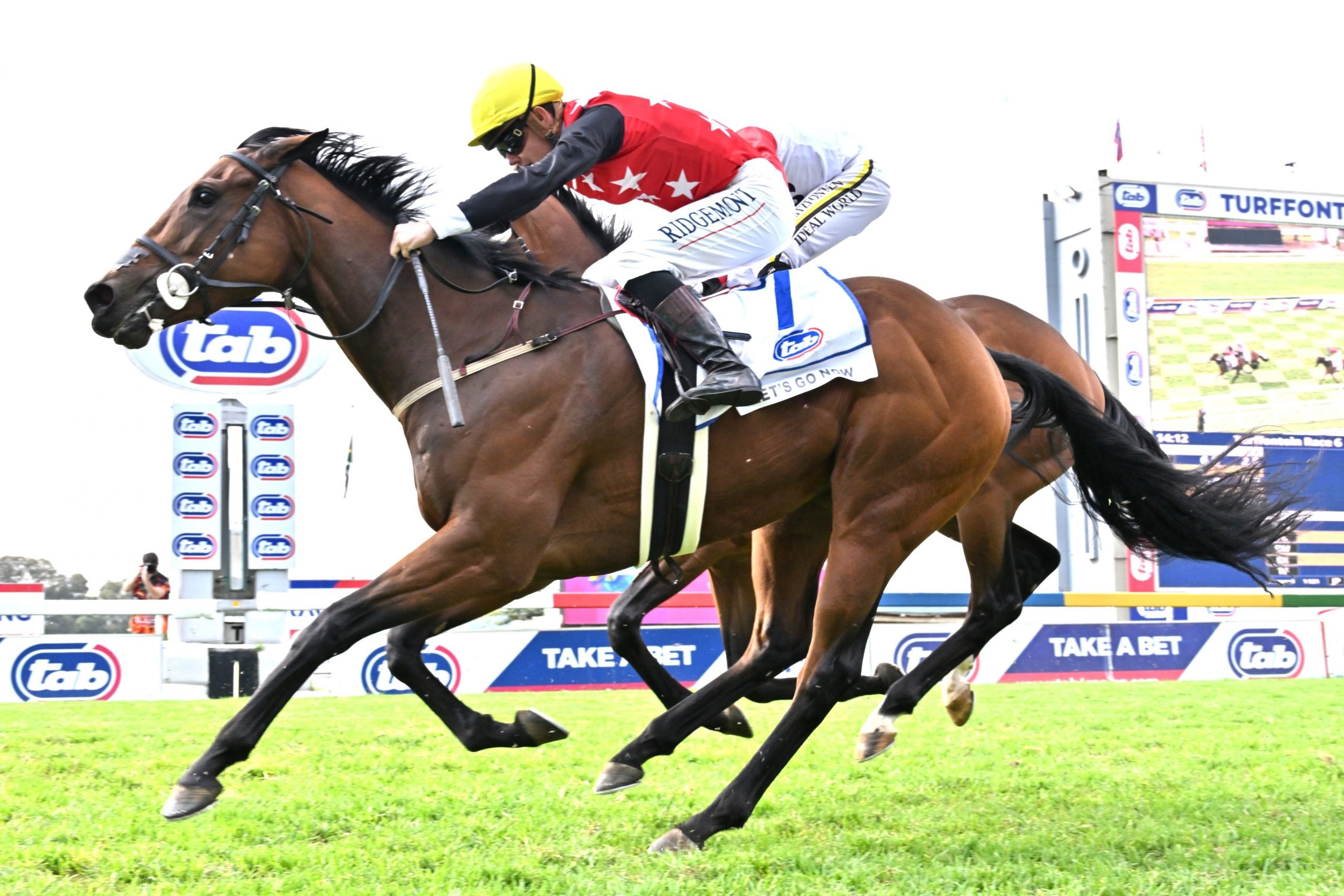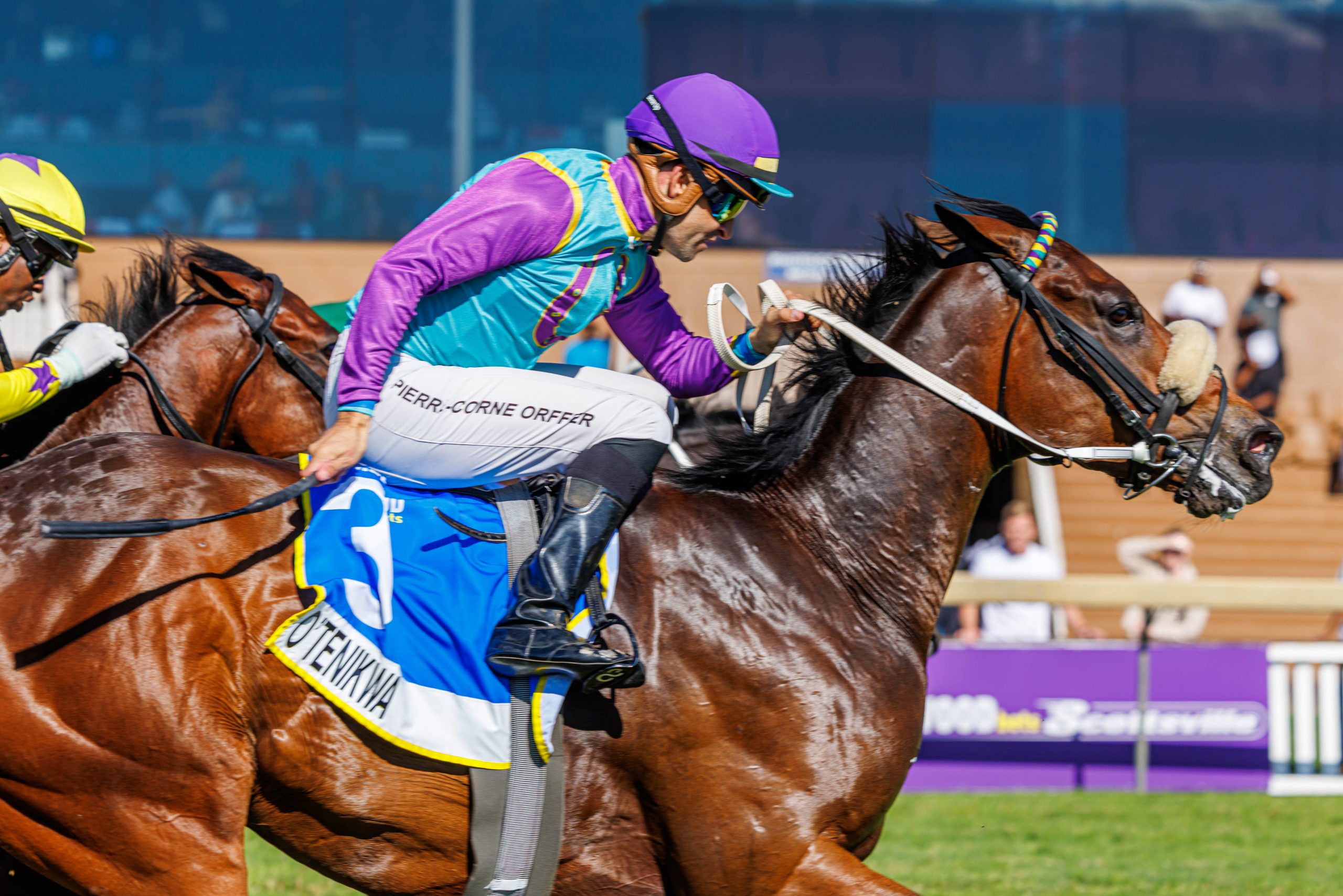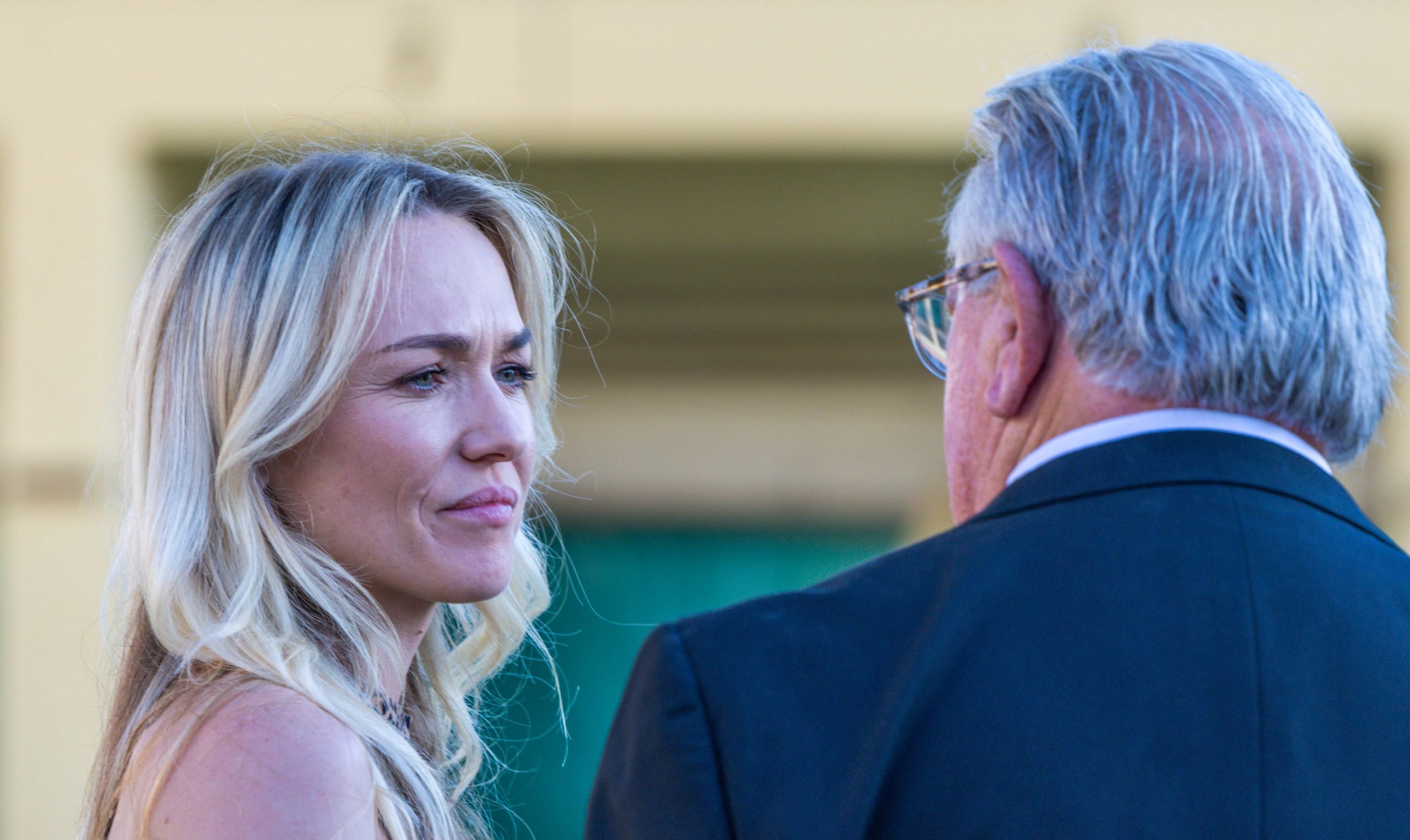Racing clamours for a bit of positivity, hence the recent announcement that the EU export market will finally reopen, has come as a major boost to a beleaguered South African industry.
It’s been a long slog, but after almost 13 years of negotiations, the long-standing ban has finally come to an end.
Quite frankly, it came at a great cost to the industry, primarily in the reduction of not just breeders, but breeding stock as well.
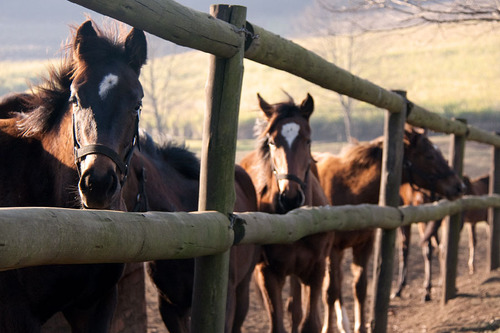
Eye on the prize (Pic – Candiese Lenferna)
This of course brought with it a decline in foal crops, so much so that over the past decade, numbers have shrunk by almost 50 percent.
To illustrate this point, the last crop to top the 3000 mark was back in 2015, since which numbers have steadily fallen, to the extent that at the end of March, NHRA registrations for the 2022 foal crop (now yearlings) numbered just 1600.
Whilst natural attrition is very much part and parcel of racing and breeding, a tough economic climate, rising production costs, a crippling exchange rate and the Covid 19 pandemic also contributed to this sad state of affairs.
Add to that the lack of an export market and it comes as no surprise that South Africa has been quietly fading from the international racing arena.
The Sporting Post canvassed a number of breeders, and it’s clear, the industry at large has welcomed the lifting of the ban with delight.
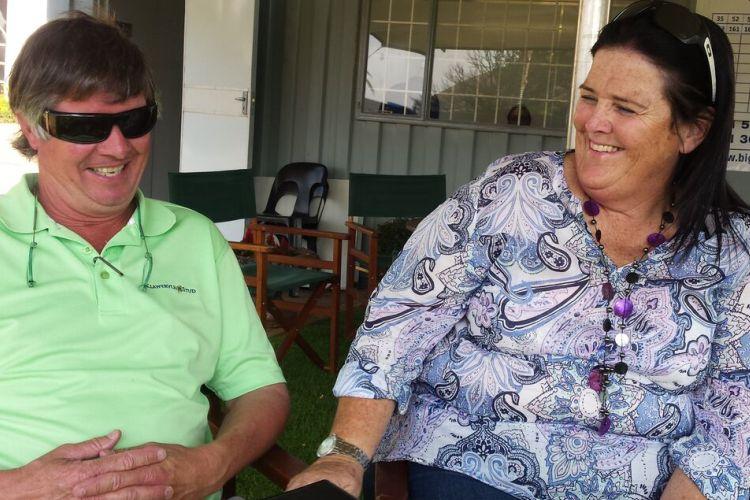
Pippa Mickleburgh with her colleague and friend, John Koster (Pic – Supplied)
“It’s exciting news,” said Avontuur Stud’s Pippa Mickleburgh.
“Let’s hope this will uplift everything. Right now, I think the most important thing is to thank everybody involved for their hard work. So many people were involved in so many ways, giving of their time, not to mention financial aid.”
TBA Council member and breeder Colin Birch agreed: “We eventually got over the line, thanks to the input from so many people. I’m hopeful things will progress from here, exciting times ahead.”
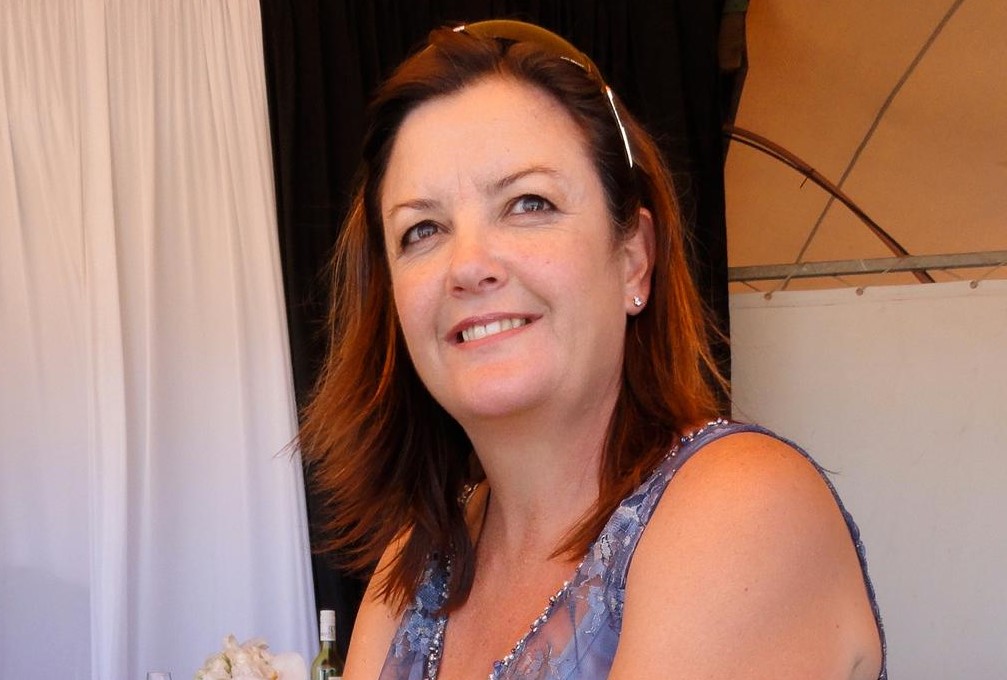
KZN Breeders Chair Cathy Martin – ‘Ecstatic’ (Pic – Candiese Lenferna)
“Ecstatic,” was KZN Breeders Club chairwoman Cathy Martin’s reaction, “It’s going to be exciting times for us breeders. It’s going to take some time for the EU fatigue to wear off, the ban has had such an effect on our breeding industry!”
She added a cautionary note: “It’s a doubled-edged sword really. Don’t forget, our best horses will be exported, and we hardly have enough numbers to maintain racing locally.”
That’s a view shared by Sally Bruss of Paardeberg Stud. “There will be a shortage of horses here, for sure. It will be good if there is a knock-on effect, in that there is renewed importation of good class females and top class colts.”
That’s easier said than done though, with a weak exchange rate having virtually excluded South African buyers from the international market, in particular the Northern Hemisphere, still regarded as the cradle of breeding stock. As for the Southern Hemisphere, trade with Argentina has dried up, whilst Australia has become a one-way journey for our top sprint fillies, who are eagerly snapped up by Australian breeders as potential broodmares.
A depressed broodmare market forced many owners to race on their fillies after their fifth birthdays, but with the demand for breeding stock sure to rise, that could well come to an end.
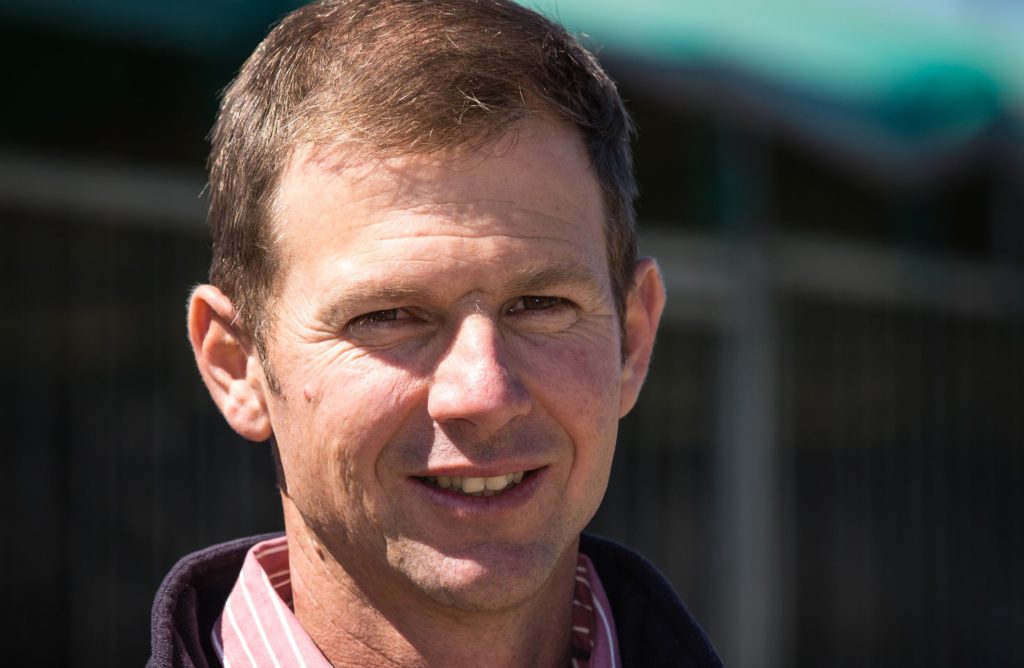
James Armitage – ‘Market for mares is improving’ (Pic – hamishNIVENPhotography)
Will the current shortage of broodmares soon have breeders scouring riding schools and polo stables for mares that were given away in the past?
Sandown Stud’s James Armitage seems to think so: “The market for mares is improving, you can’t buy a decent mare for small money anymore.”
He too, is looking forward to positive change. “The lifting of the ban is certainly an incentive, and hopefully yearling prices might pick up so much, that breeders will be in a position to buy overseas.”
Regarding stallions, could the new era ring in the return of shuttle stallions? To the writer’s knowledge, there was only ever one shuttler, this the English Derby winner Shaamit, whose sole crop failed to set the tracks alight. By the way, before any shrewd breeder brings up Kabool, he did shuttle to South Africa in 2001 but returned two years later when purchased by South African interests.
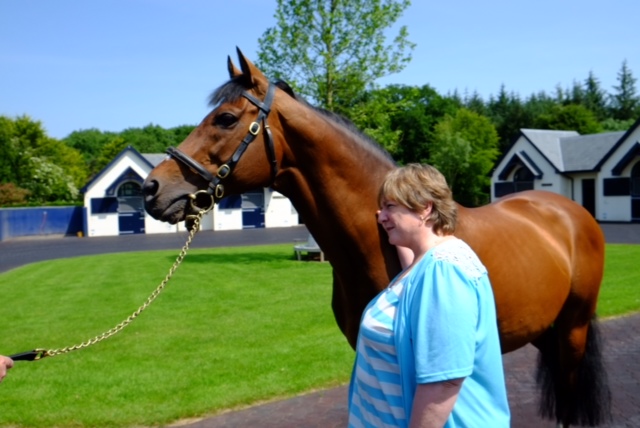
Judy Brannigan – seen with Galileo (Pic – Supplied)
Breeder Judy Brannigan of Pendenra Stud is looking forward to welcoming a decent overseas stallion and said. “Wouldn’t it be great to see a son of Dark Angel or Shamardal shuttle to South Africa?”
Added Sally Bruss: “A shuttle stallion would have to be outstanding as well as affordable, to get a good book.”
Shuttling would not just be restricted to stallions, for as Pippa pointed out: “Top local mares or fillies can now be sent overseas to be covered by good stallions.”
For those not in the know, she was party to sending Avontuur’s champion Val De Ra to the UK upon retirement from the track.
After giving birth to the Oasis Dream filly Dream De Ra, she visited Frankel before returning to Avontuur where she foaled the stakes winner Miss Frankel.
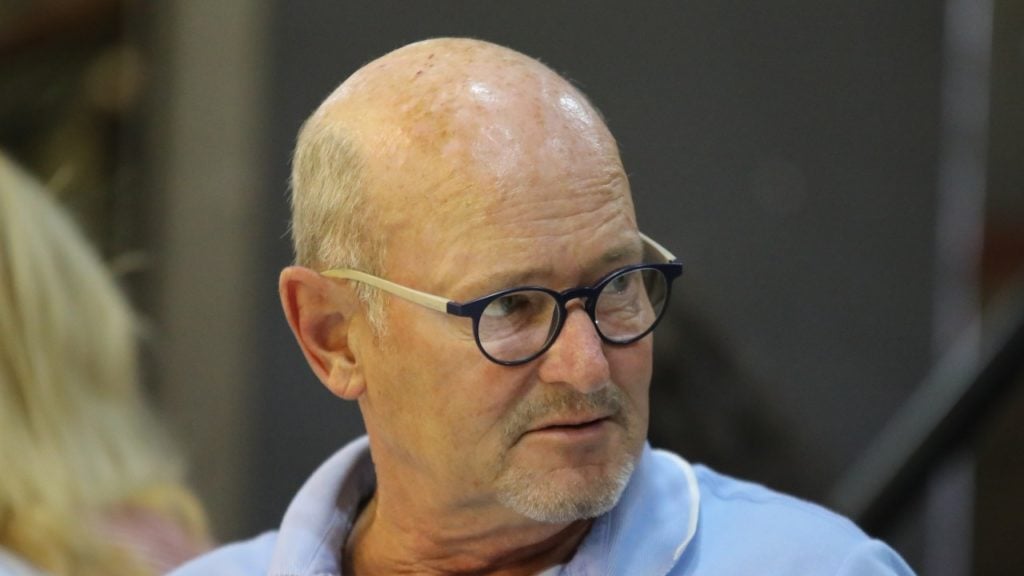
John Freeman – ‘This is very good news’ (Pic – Supplied)
Respected bloodstock agent and prominent buyer John Freeman was very much involved with the start-up of the export of South African horses over 30 years ago, and like many others, he was sceptical about exports ever resuming.
“I stepped back after we suffered multiple failures and set-backs,” he wrote in his most recent newsletter.
“I knew the flaws in the system and we simply couldn’t seem to get them fixed. Kudos to those that persevered. This is very good news. Well done! We South Africans breed world class equine athletes, not just for racing but across all equine disciplines. Being able to export directly is a massive and much needed boost to our industry. Imagine the impact that this will have on yearling sale prices now!”
Granted, it’s going to take time before the full effect of an open export market will come to fruition, but right now, let’s hope it is the turning point which will eventually see the return of South Africa to the top echelon of world racing.







